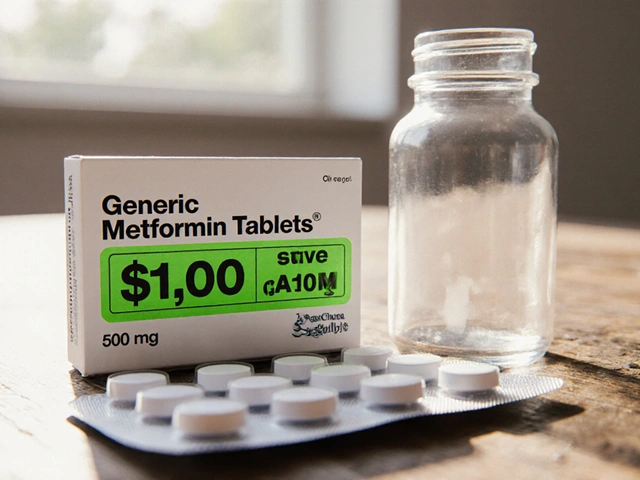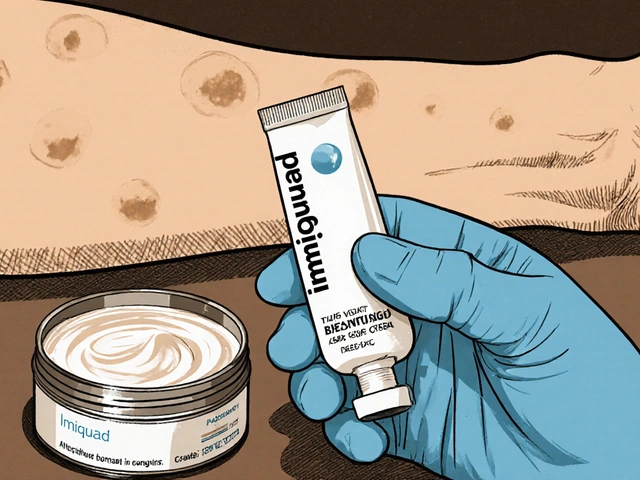Psoriasis – What It Is and How to Keep It Under Control
Got itchy, red patches on your elbows or scalp? That’s probably psoriasis, a common skin condition that isn’t just a cosmetic issue. It shows up as thick, silvery scales that can be uncomfortable and sometimes embarrassing. The good news? You don’t have to live with constant flare‑ups. A few everyday changes and the right meds can make a big difference.
Understanding Psoriasis
Psoriasis happens when skin cells grow way too fast – days instead of weeks – and pile up on the surface. This rapid turnover creates the tell‑tale plaques. It’s driven by the immune system, so it’s technically an autoimmune disorder. You might notice it on your knees, elbows, scalp, or lower back, but it can appear anywhere.
Triggers vary from person to person. Common culprits include stress, cold weather, smoking, heavy alcohol use, and certain medications like beta‑blockers. Even an injury to the skin, like a scratch or sunburn, can spark a new patch – a phenomenon called the Koebner effect.
Managing Flare‑Ups
First, talk to a doctor about prescription options. Topical steroids, vitamin D analogues, and newer biologic drugs can calm the immune response. For mild cases, over‑the‑counter moisturizers with salicylic acid or coal tar can reduce scaling.
Beyond meds, keep your skin hydrated. Apply a fragrance‑free cream right after a shower to lock in moisture. Light‑to‑moderate exercise helps lower stress, and a balanced diet rich in omega‑3 fatty acids (think salmon, flaxseed) may ease inflammation.
Avoid triggers you can control: quit smoking, limit alcohol, and protect your skin from harsh soaps or hot water. When the weather turns cold, use a humidifier at home to keep your skin from drying out.
Remember, psoriasis is manageable. With the right mix of treatment, skin care, and lifestyle tweaks, you can keep the plaques in check and feel more comfortable in your own skin.
Neoral: Uses, Side Effects, and Patient Guide to Cyclosporine Capsules
Get the facts on Neoral—benefits, uses, side effects, and tips for safe cyclosporine therapy, especially for transplant patients and autoimmune conditions.





